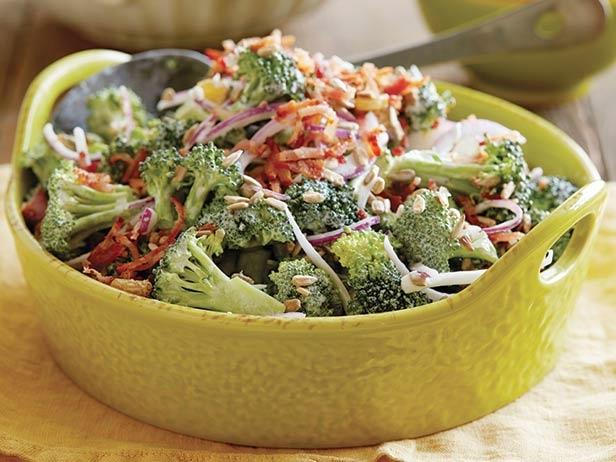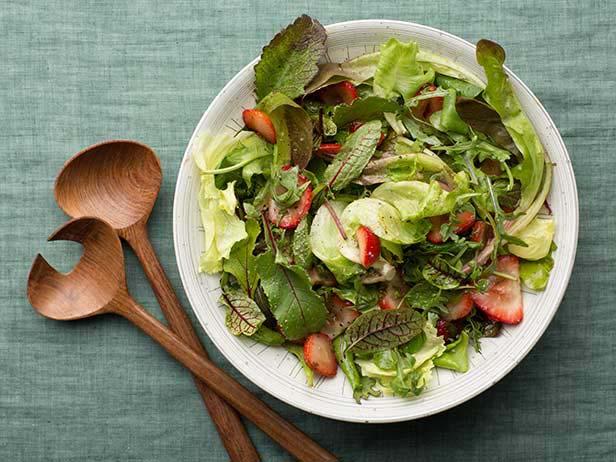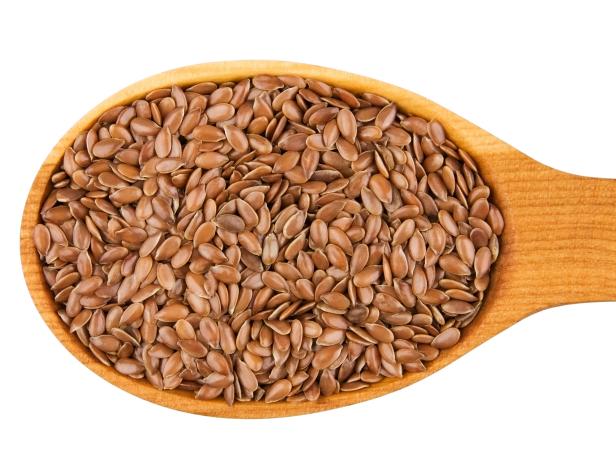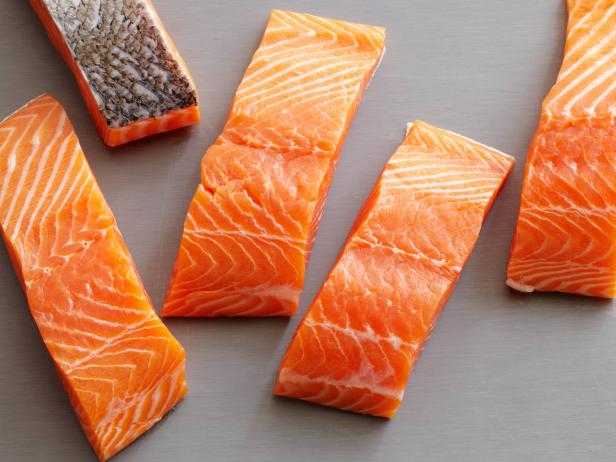Inflammation is a defense mechanism in the body. The immune system recognizes damaged cells, irritants, and pathogens, and it begins the healing process.
When something harmful or irritating affects a part of our body, there is a biological response to try to remove it. The signs and symptoms of inflammation can be uncomfortable but are a show that the body is trying to heal itself.
Fast facts on inflammation
- Inflammation is the body’s attempt at self-protection to remove harmful stimuli and begin the healing process.
- Inflammation is part of the body’s immune response.
- Infections, wounds, and any damage to tissue would not be able to heal without an inflammatory response.
- Chronic inflammation can eventually cause several diseases and conditions, including some cancers and rheumatoid arthritis.
What is inflammation?
Inflammation is part of the body’s immune response.
It can be beneficial when, for example, your knee sustains a blow and tissues need care and protection. However, sometimes, inflammation can persist longer than necessary, causing more harm than benefit.
Wound healing
Our immediate reaction to a swelling is to try and decrease it. However, it is important to remember that inflammation is an essential part of the healing process.
The first stage of inflammation is often called irritation, which then becomes inflammation. Inflammation is followed by the discharging of pus. The granulation stage comes next, and new tissue is formed in the wound.
Without inflammation, infections and wounds would never heal.
Innate immunity
When a person is born, certain defenses in the immune system are naturally present in the body. This is known as innate immunity.
It is different from adaptive immunity, which we develop after an infection or vaccination when the body “learns” to fight a specific infectious agent.
Innate immunity is generally nonspecific, while adaptive immunity is specific to a particular pathogen. Inflammation is one example of an innate immune response.
Symptoms
Symptoms of inflammation vary depending on whether the reaction is acute or chronic.
The effects of acute inflammation can be summed up by the acronym PRISH. They include:
- Pain: The inflamed area is likely to be painful, especially during and after touching. Chemicals that stimulate nerve endings are released, making the area more sensitive.
- Redness: This occurs because the capillaries in the area are filled with more blood than usual.
- Immobility: There may be some loss of function in the region of the inflammation.
- Swelling: This is caused by a buildup of fluid.
- Heat: More blood flows to the affected area, and this makes it feel warm to the touch.
These five acute inflammation signs only apply to inflammations of the skin. If inflammation occurs deep inside the body, such as in an internal organ, only some of the signs may be noticeable.
For example, some internal organs may not have sensory nerve endings nearby, so there will be no pain, such as in certain types of lung inflammation.
Symptoms of chronic inflammation present in a different way. These can include:
- fatigue
- mouth sores
- chest pain
- abdominal pain
- fever
- rash
- joint pain
Causes
Inflammation is caused by a number of physical reactions triggered by the immune system in response to a physical injury or an infection.
Inflammation does not necessarily mean that there is an infection, but an infection can cause inflammation.
Three main processes occur before and during acute inflammation:
- The small branches of arteries enlarge when supplying blood to the damaged region, resulting in increased blood flow.
- Capillaries become easier for fluids and proteins to infiltrate, meaning that they can move between blood and cells.
- The body releases neutrophils. A neutrophil is a type of white blood cell filled with tiny sacs that contain enzymes and digest microorganisms.
A person will notice inflammation symptoms after these steps take place.
Acute inflammation
An acute inflammation is one that starts rapidly and becomes severe in a short space of time. Signs and symptoms are normally only present for a few days but may persist for a few weeks in some cases.
Examples of diseases, conditions, and situations that can result in acute inflammation include:
Chronic or acute inflammation
These are the two types of inflammation that differ in how quickly symptoms escalate and how long they last.
The following table shows the key differences between acute and chronic inflammation:
|
Acute |
Chronic |
| Caused by |
Harmful bacteria or tissue injury |
Pathogens that the body cannot break down, including some types of virus, foreign bodies that remain in the system, or overactive immune responses |
| Onset |
Rapid |
Slow |
| Duration |
A few days |
From months to years |
| Outcomes |
Inflammation improves, turns into an abscess, or becomes chronic |
Tissue death and the thickening and scarring of connective tissue |
What is chronic inflammation?
This refers to long-term inflammation and can last for several months and even years. It can result from:
- failure to eliminate whatever was causing an acute inflammation
- an autoimmune disorder that attacks normal healthy tissue, mistaking it for a pathogen that causes disease
- exposure to a low level of a particular irritant, such as an industrial chemical, over a long period
Examples of diseases and conditions that include chronic inflammation:
Rheumatoid arthritis involves chronic inflammation.
Although damaged tissue cannot heal without inflammation, chronic inflammation can eventually cause several diseases and conditions including some cancers, rheumatoid arthritis, atherosclerosis, periodontitis, and hay fever.
Inflammation needs to be well managed.
Is inflammation painful?
When people have inflammation, it often hurts.
People will feel pain, stiffness, discomfort, distress, and even agony, depending on the severity of the inflammation. The type of pain varies. It can be described as constant and steady, throbbing and pulsating, stabbing, or pinching.
Inflammation primarily causes pain because the swelling pushes against the sensitive nerve endings. This sends pain signals to the brain.
Other biochemical processes also occur during inflammation. They affect how nerves behave, and this can enhance pain.
Common treatments
As mentioned earlier in this article, inflammation is part of the healing process. Sometimes, reducing inflammation is helpful, though not always necessary.
Anti-inflammatory medications
Non-steroidal anti-inflammatory drugs (NSAIDs) can be taken to alleviate the pain caused by inflammation.
They counteract an enzyme that contributes to inflammation. This either prevents or reduces pain.
Examples of NSAIDs include naproxen, ibuprofen, and aspirin, which are available to purchase online.
Avoid the long-term use of NSAIDs unless advised by a doctor. They increase a person’s risk of stomach ulcers, which can result in severe, life-threatening bleeding.
NSAIDs may also worsen asthma symptoms, cause kidney damage, and increase the risk of having a stroke or heart attack.
Acetaminophen, such as paracetamol or Tylenol, can reduce pain without affecting the inflammation. They may be ideal for those wishing to treat just the pain while allowing the healing factor of the inflammation to run its course.
Corticosteroids
Corticosteroids, such as cortisol, are a class of steroid hormones that prevent a number of mechanisms involved in inflammation.
There are two sets of corticosteroids:
Glucocorticoids: These are prescribed for a range of conditions, including:
- arthritis
- temporal arteritis
- dermatitis
- inflammatory bowel disease (IBS)
- systemic lupus
- hepatitis
- asthma
- allergic reactions
- sarcoidosis
Creams and ointments may be prescribed for inflammation of the skin, eyes, lungs, bowels, and nose.
Mineralocorticoids: These are used to treat cerebral salt wasting, and to replace important hormones for patients with adrenal insufficiency.
The side effects of corticosteroids are more likely if taken by mouth. Taking them with inhalers or injections can reduce the risk.
Inhaled medications, such as those used long-term to treat asthma, raise the risk of developing oral thrush. Rinsing the mouth out with water after each use can help prevent oral thrush.
Glucocorticoids can also cause Cushing’s syndrome, while mineralocorticoids can cause high blood pressure, low blood potassium levels, connective tissue weakness, and problems with the levels of acids and alkalis in body tissue.
Herbs for inflammation
Discuss any possible use of herbal supplements with a doctor.
Harpagophytum procumbens: Also known as devil’s claw, wood spider, or grapple plant, this herb comes from South Africa and is related to sesame plants. Some research has shown it may have anti-inflammatory properties. Various brands are available to purchase online.
Hyssop: This is mixed with other herbs, such as licorice, for the treatment of some lung conditions, including inflammation. The essential oils of hyssop can lead to life-threatening convulsions in laboratory animals. Caution is advised.
Ginger: This has been used for hundreds of years to treat dyspepsia, constipation, colic, and other gastrointestinal problems, as well as rheumatoid arthritis pain. Ginger may be purchased online in supplement form.
Turmeric: Current research is looking into the possible beneficial effects of turmeric in treating arthritis, Alzheimer’s disease, and some other inflammatory conditions. Curcumin, a substance found in turmeric, is being invested for the treatment of several illnesses and disorders, including inflammation. Supplements with turmeric and curcumin are available.
Cannabis: This contains a cannabinoid called cannabichromene, which has been shown to have anti-inflammatory properties. However, cannabis is not legal in many places.
Inflammation diet
There are several foods that can have been shown to help reduce the risk of inflammation, including:
- olive oil
- tomatoes
- nuts, such as walnuts and almonds
- leafy greens, including spinach and kale
- fatty fish, such as salmon and mackerel
- fruit, including blueberries and oranges
Avoid eating foods that aggravate inflammation, including:
- fried foods, including French fries
- white bread, pastry, and other foods that contain refined carbohydrates
- soda and sugary drinks
- red meat
- margarine and lard
While these dietary solutions do not alone hold the key to controlling inflammation, they can help prime the immune system to react in a measured way.
Source: medicalnewstoday.com ~ By: Christian Nordqvist ~ Image: pixabay.com







